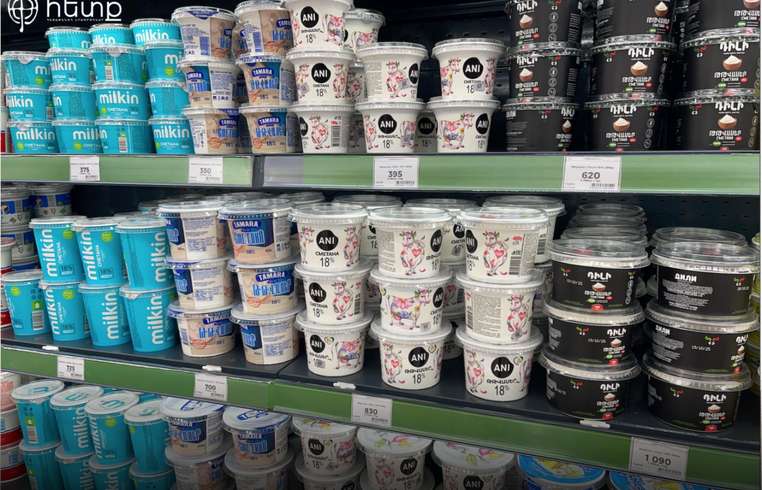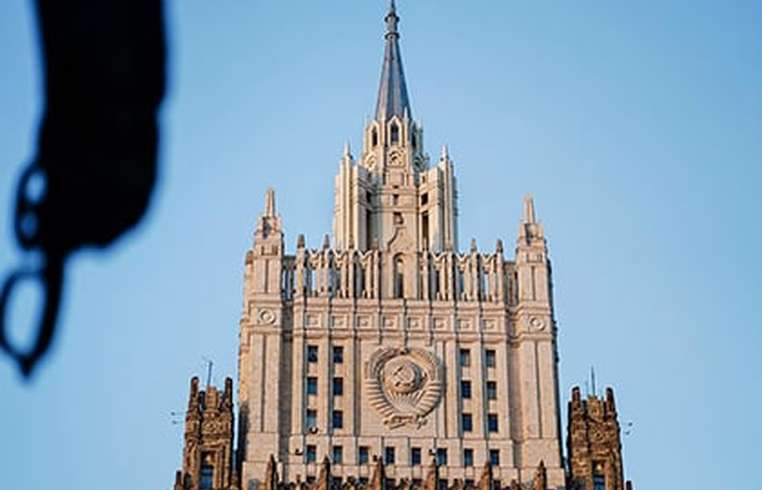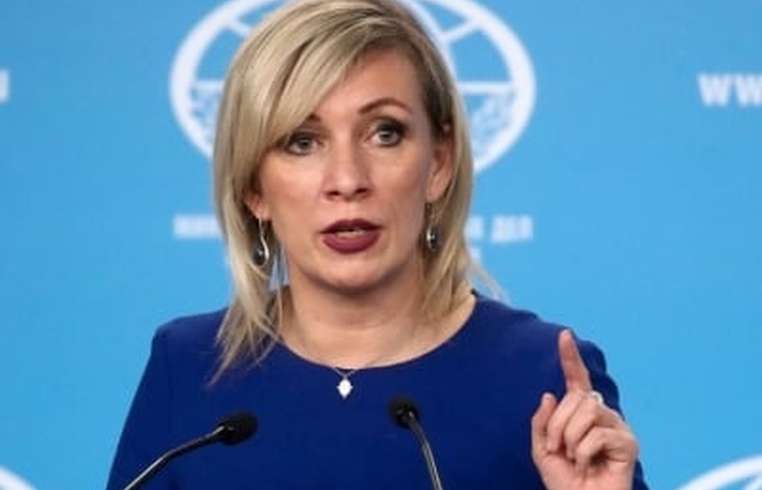
News - The suspicious price hike of dairy products. Are dairy producers competing for higher prices?
Business Strategy
The suspicious price hike of dairy products. Are dairy producers competing for higher prices?

Suspicious price increases in dairy products. Are producers competing for high prices? Seda Hergnyan 2025-10-19 10:14:00 Suspicious price increases in dairy products. Are producers competing for high prices? In the last almost two weeks, dairy products in Armenia have risen sharply in price. For example, sour cream that cost 670 Armenian dram has become 720 dram. It is notable that for many producers the price increase spans the entire range of products—yogurt, cottage cheese, sour cream, milk, etc. In some stores consumers have noticed increases of up to 100 dram. Experts have various comments and suspicions about the dairy price hikes. The most common view that the use of QR codes is the basis for the price increases is not convincing for some experts. Producers refuse to speak about the price increases. The Competition and Consumer Protection Commission is still studying whether there are dominant players in the market; if so, it can initiate a proceeding. President of the Hay Kat Dairy Producers’ Association: “The rise in prices is due to QR codes, and the rising cost of raw materials.” Khachatur Poghosyan, the president of the Hay Kat dairy producers’ association, points to several reasons for the recent price hikes. The first is, according to him, the use of QR codes, which aim to monitor the product’s entire distribution chain. From January 1 of the coming year, dairy producers are required to affix QR codes for monitoring on their products. This is a government decision adopted in August 2024. Some companies have already begun applying QR codes, and those codes are visible on their products. According to Poghosyan, the use of QR codes imposes additional costs on companies. “One QR code costs a business 4.6 dram—the face value is 3.6 dram plus VAT. Then the business incurs printing costs—3 to 3.5 dram per QR. There are costs for implementing the program, acquiring equipment to print the codes, and so on. These increases should be reflected in the product price,” Poghosyan says. According to him, however, the price rise is not caused solely by the use of these codes. The raw materials for dairy and imported containers have also become more expensive, which is also reflected in the price. The price increase of raw materials, however, occurred earlier—before the last two weeks’ increases. For companies, the cost burden is regularly increasing in various directions. Producers do not comment on price hikes Our surveys in stores and supermarkets show that dairy product suppliers’ dispatchers and managers largely did not indicate the reasons for price increases. Only some mentioned the use of QR codes. We approached several producers for explanations, but we did not receive any comments from any company. Representatives of the companies either refused to comment or promised to get back later, but by the time of publication there was no response. A citizen working at one of the leading dairy product manufacturers who does not wish to be named noted that since September they had made a qualitative change to their products, reducing the percentage of milk replacer. However, according to him, this could not explain the sharp price increase in the last two weeks, since the change had been made two months earlier. Competition—subjective reasons for selling at high prices and price increases Sometimes producers and suppliers compete not only by setting a lower price to attract more buyers, but also by higher prices. The explanation is that a given producer does not want to set a lower price than others, to avoid creating the impression that the other producer’s product is higher quality at a higher price. In addition, some in the market are known as more expensive producers and “do not tolerate” when a cheaper product puts higher prices on goods. This idea sometimes pushes producers to raise prices without justification. In other words, this is not the classical pricing model. Babken Pipoyan, president of the NGO “Aware and Protected Consumer,” has been monitoring the price increases in the dairy sector over the past two weeks. According to him, the hypothesis that dairy prices could rise sharply solely due to QR codes is unlikely. “Dairy prices have risen seven to eight times more than the QR codes’ own cost,” Pipoyan told Hetq. So far, without naming individual companies, Pipoyan noted that the increases have other reasons beyond QR codes, and presenting the use of QR codes by producers as a reason for the price increase is a marketing move. “Seeing that the neighbor company has raised its price, that company also raises its price, because it believes that its neighbor’s product cannot be more expensive than its own. Following each other, almost all have raised prices. It is not out of the question that in the near future the prices of some companies’ dairy products may vary, because the marketing teams are studying how to continue selling their product at a certain threshold,” the expert says. According to Pipoyan, to understand the causes of the price increases it is important to know at what price the dairy is being supplied to the stores and how much margin the store adds to that price. In any case, price increases hurt ordinary consumers. Pipoyan is confident that soon the share of dairy in the consumer basket will gradually decrease because this price rise will significantly affect expenses. To clearly understand which company or companies were the first to raise prices and what explanations they have, the Government should pay attention to this issue. The first body that can demand explanations and accountability from the Competition and Consumer Protection Commission. In a conversation with us, the Commission said they are studying whether there are dominant players in the Armenian dairy market. If it is found, a proceeding will be opened. According to Babken Pipoyan, if the Commission concludes that there are no dominant players and no proceeding is opened, there will be no official explanations for the dairy price increases. If producers have raised prices without justification, they will not be held accountable. Meanwhile, there should not only be a market study but also publishing by company names which producer is unscrupulous and unjustifiably raising prices. “In such cases, the Government should grant the Commission additional powers to study markets, since now it is not only the Economic Competition Commission but also the Consumer Protection. This dairy price rise may be a case of market competition abuse as well as violation of consumer rights,” Pipoyan notes. According to him, another body that should handle this issue is the Ministry of Economy, which also must thoroughly study these price increases. Official statistics have not yet summarized October inflation data. September data show that dairy products and eggs rose by 0.3% year-on-year. It is expected that in October this product group’s inflation will be significantly higher. The main photo was taken on Oct 19, 2025, at 09:15. If you have found a mistake, you can send it to us by selecting the error and pressing CTRL+Enter.






